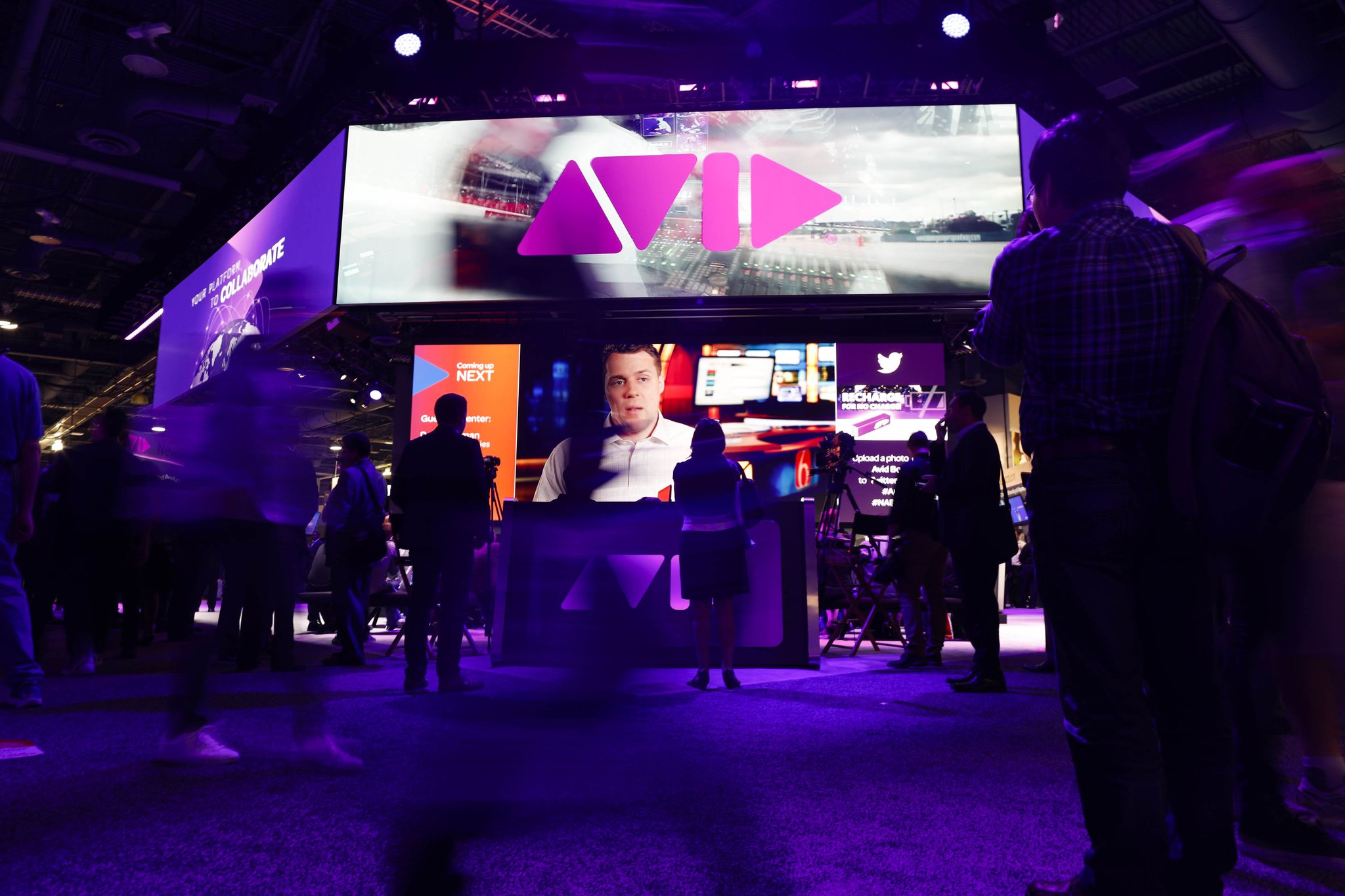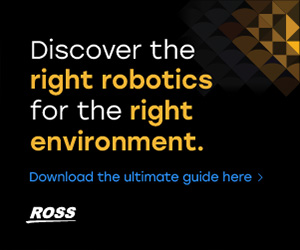Avid’s Craig Wilson on the evolving nature of news production

Weekly insights on the technology, production and business decisions shaping media and broadcast. Free to access. Independent coverage. Unsubscribe anytime.
Broadcast news continues to transition from a world where linear TV was dominant to one where audiences often expect quick, platform-specific storytelling.
Craig Wilson, product evangelist for video and media at Avid, has witnessed this shift both as an Avid customer at a TV station in Scotland and later as a team member focused on newsroom solutions.
Wilson recalled during an interview at the 2025 NAB Show that “news has been fundamental to Avid for a long period of time,” pointing out the role of iNews, the company’s newsroom computer system, in serving traditional broadcast. But he also noted that Avid’s adoption of an “end-to-end solutions approach” brought interconnected products like Isis storage and NewsCutter into the workflow.
Those products were well-suited to an era when most content moved on a linear path from gathering and editing to on-air broadcast.
As social and digital platforms emerged, many broadcasters established separate teams. Wilson observed that these units grew alongside the main newsroom, not necessarily in sync with it.
“Customers would wrestle with keeping their traditional broadcast operation while also figuring out how to handle social,” he said. “Often, you’d have digital folks and broadcast folks going to the same press conference without knowing the other was already there.”
This resulted in duplicated resources and challenged efficiency at a time when, as Wilson put it, “the battle for eyeballs is difficult.”
Younger viewers who prefer mobile or social media are still interested in news, but how that content is delivered has changed. Wilson views the industry’s struggle as one of packaging stories effectively and reaching different demographics on multiple platforms.
“Story-centric” is the term Wilson and Avid use to describe the approach of organizing coverage around a single concept or narrative, then shaping it for broadcast, digital and social.
“It’s a journey,” Wilson said. “Even organizations that say they’re story-centric may not be, once you dig into their processes.”
Adoption often depends on usability and a willingness to rethink how newsrooms function.
“You can have the best technical solution,” he said, “but if journalists don’t see the practical benefits or find it too complicated, they’ll use whatever tool works for them – even something as simple as a WhatsApp group.”
Evolving newsroom realities
To address these challenges, Avid acquired Wolftech, a Norway-based Company, in late 2022. The platform specializes in planning, assignment and messaging tools built with a collaborative and mobile-friendly philosophy.
Wilson explained that “nature will find a way,” meaning reporters will often bypass complex systems and use the simplest ones. His view is that by making tools more intuitive and flexible, especially on mobile, Wolftech lets journalists quickly swap ideas, share notes or footage and tag the right colleagues without leaving the platform.
Wolftech also introduces a concept Wilson calls “smart publication points,” where one press conference or interview can be tailored and published to multiple platforms, such as a station’s newscast rundown, a website or social media.
AI helps generate a first-pass summary or social-friendly text, though final review remains in the hands of a real person.
In the bigger picture, Avid is combining Wolftech’s capabilities with its own MediaCentral platform. The initial integration release is slated for June.
The company plans to embed Wolftech’s scheduling, messaging and resource management features seamlessly into a browser-based interface, so that daily tasks – from planning a story to finishing a broadcast segment – can all happen in a single environment.
Yet Wilson noted that the shift toward the cloud does not mean discarding on-premises systems or thick clients.
“I think hybrid is where most of the industry is going,” he said. “Certain tasks, like studio operations, may continue to rely on robust, on-prem hardware, but other parts—like scheduling, planning or quick editing—may benefit from browser-based tools in the cloud.”
He pointed to Avid’s recent announcements about running Media Composer on Amazon Web Services (AWS). However, few organizations are likely to drop everything into a public cloud. Instead, Wilson sees companies choosing a blend.
“They’ll look at which parts of their workflow can reliably go to the cloud and keep some tasks local,” he said.
To further illustrate the push toward browser-based functionality, Avid is also collaborating with Cutting Room, a web-based editing tool designed for quick-turn packages and different aspect ratios.
“How advanced should a browser-based editor be?” Wilson asked. “We think a lot of everyday news editing can now be done on the web.”
Meeting your audience on any platform
Modern audiences may not consider themselves “watching news” if they catch a clip on their phone. That is why Wilson believes in meeting viewers where they are, while still trying to drive them back to the broadcaster’s properties or apps for monetization.
“There’s a constant tension,” he said. “You want a presence on social platforms, but you also need a solid base where you control the revenue.”
In his view, a consistent editorial voice remains the backbone. However, the content might be formatted in multiple ways – long-form packages on linear TV, shorter social clips on a phone-friendly vertical feed and mid-length segments for a website.
Wilson has seen European broadcasters refine that approach by tailoring a story for a particular demographic on a single platform, while retaining enough flexibility to reuse material elsewhere.
“It might be a 24/7 channel, a main evening show and a social feed aimed at a certain age group. Each channel requires a specific spin on the same core story,” he said.
Even in the face of challenging revenues, Wilson remains a believer in the importance of local and regional reporting. He sees the advanced workflows emerging today, browser-based editing, mobile-friendly planning, integrated messaging, as tools that, if properly adopted, can help journalism stay viable.
“Local news is vital,” he said. “That is where a sense of community thrives, and an efficient, story-centric approach can help maintain that connection despite budget pressures.”
“We can offer powerful tools,” he said, “but it’s up to newsrooms to integrate them in a way that makes sense for their journalists, their management and, ultimately, their audiences.”






tags
avid, Avid iNews, Avid Media Composer, Craig Wilson, CuttingRoom, inews, Media Composer, NAB Show 2025, NAB Show News, Newsroom Computer Systems, Newsroom Solutions, Wolftech Broadcast Solutions
categories
Featured, Media Asset Management, NAB Show, News and Entertainment Production Systems